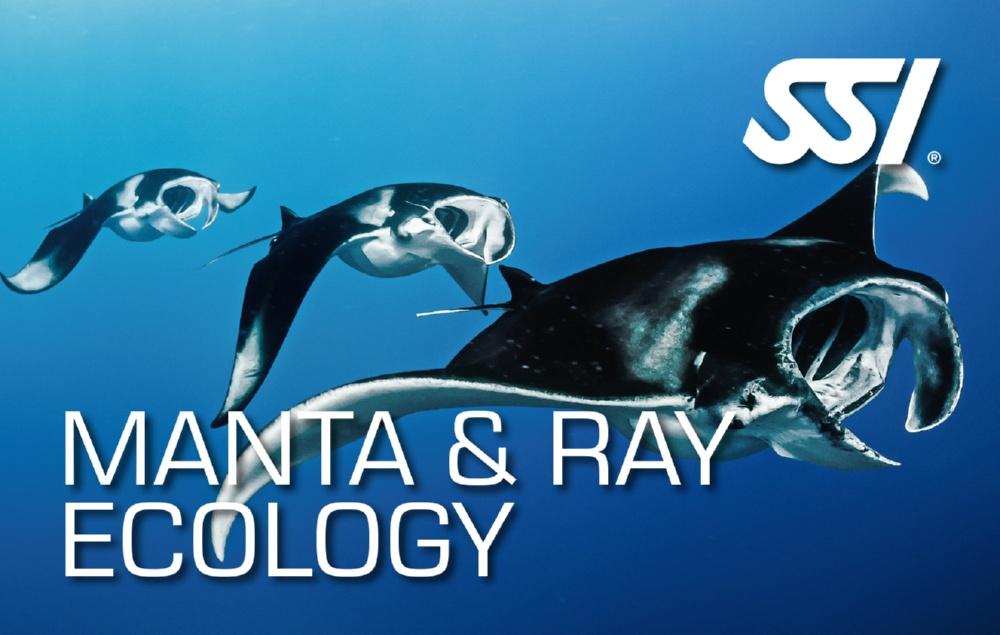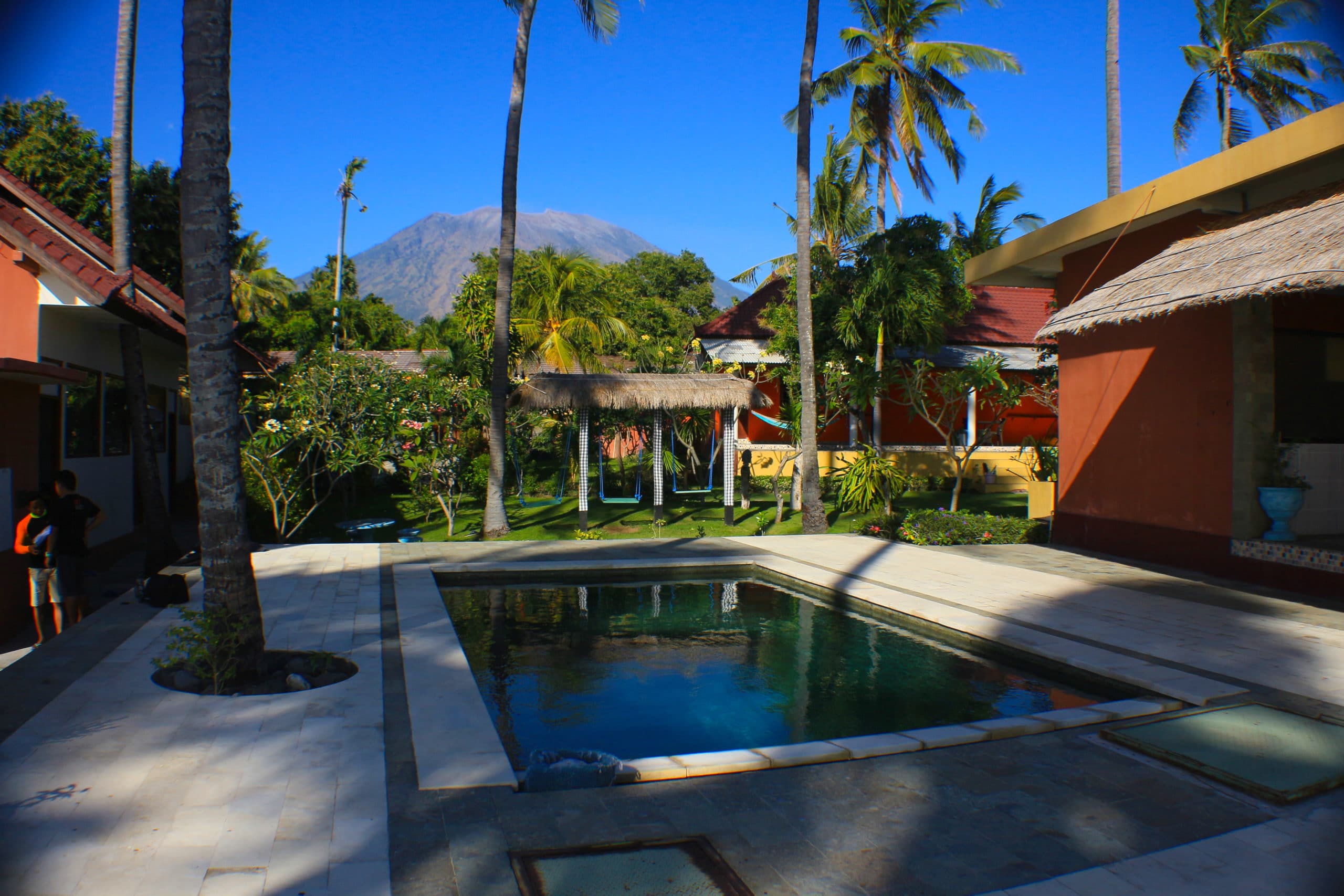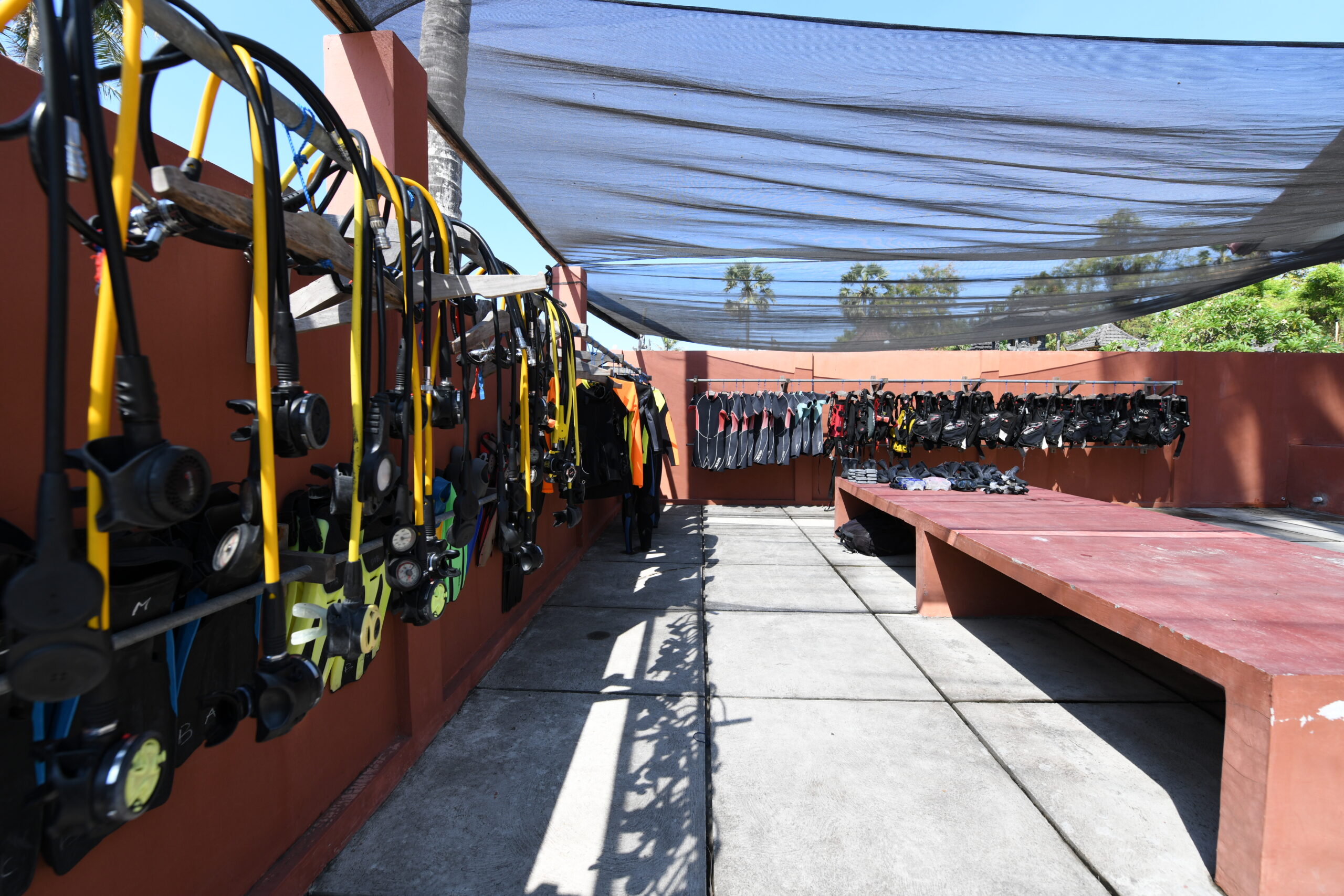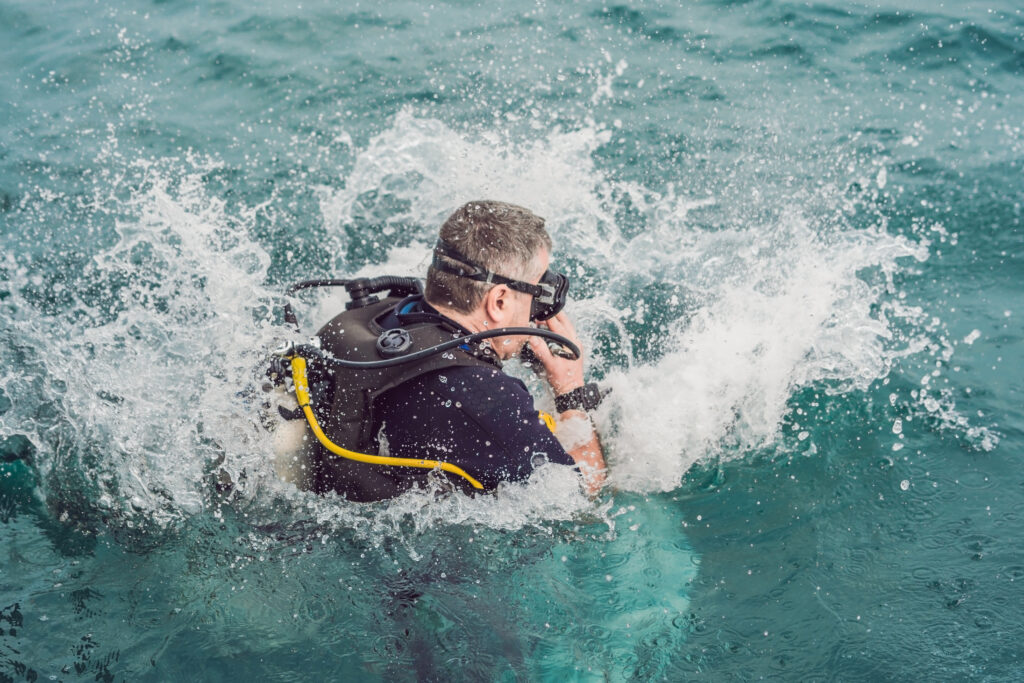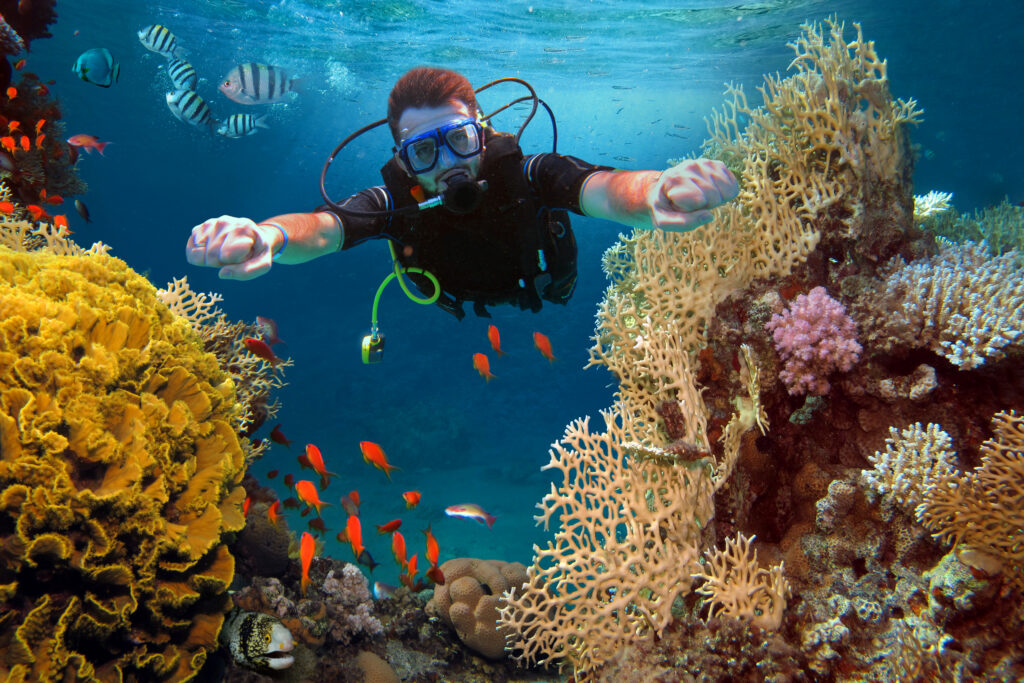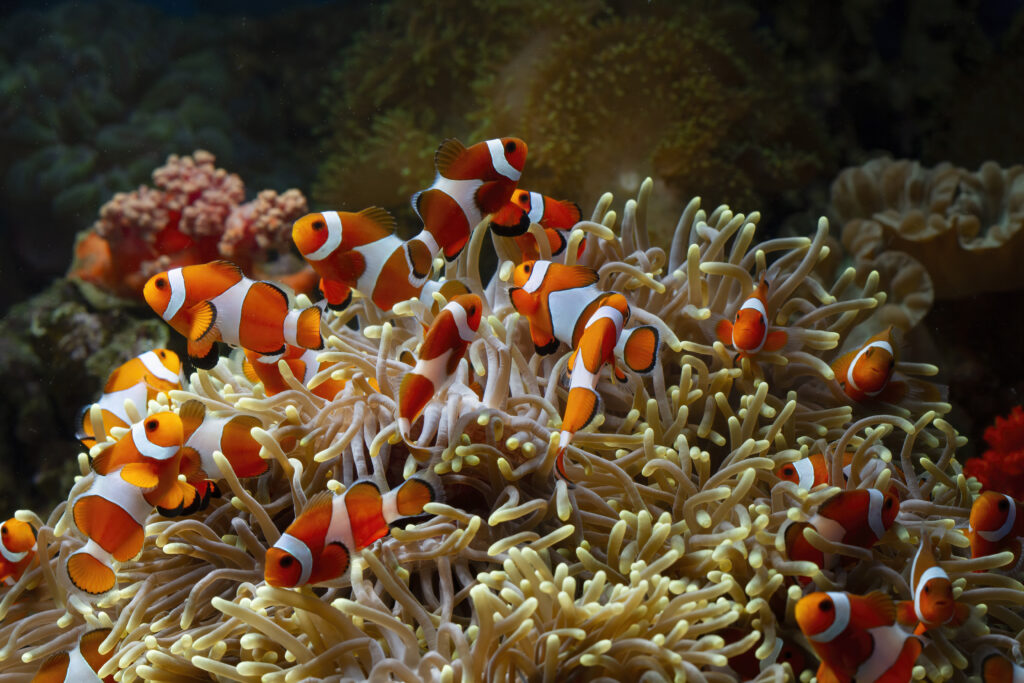Manta and ray ecology is important to understand for anyone interested in diving with these majestic creatures. The SSI Manta And Ray Ecology (Bali) course is the perfect way to learn more about these animals and how to best protect them. Here are 5 reasons why this course is essential for any diver:
1. Learn about the biology and ecology of manta rays and how they interact with their environment
Manta rays are beautiful, gentle giants of the sea. These massive filter-feeders play an important role in the health of coral reefs and the overall ecology of the ocean.
Sadly, manta rays are increasingly threatened by humans. They are hunted for their meat, fins, and gill plates, which are used in traditional Chinese medicine. They are also accidentally caught in fishing nets, and their habitats are being destroyed by coastal development and pollution.
With proper protection and conservation, manta rays can continue to thrive in our oceans for generations to come.
2. Understand the threats that manta rays face and what we can do to help protect them
Manta rays are one of the most threatened groups of animals in the world. They are hunted for their gill rakers, which are used in Chinese traditional medicine, and their fins, which are used to make soup. They are also threatened by habitat loss and degradation.
SSI Manta And Ray Ecology (Bali) is working to protect manta rays by conducting research on their ecology and behaviour, and educating the public about the threats they face. The organisation is also working to create marine protected areas where manta rays can live and breed safely.
3. Get up close and personal with manta rays on a dive trip to Bali
Manta rays and other large filter-feeding animals play an important role in the ecology of the oceans. By filtering large amounts of water, they help to keep the water column clean and free of suspended particles. This in turn helps to improve water quality and clarity, and can benefit a wide range of marine life.
In addition, manta rays are a keystone species in many coral reef ecosystems. Their feeding habits help to keep the reef clean and free of debris, which can otherwise smother and kill corals. By keeping the reef clean and healthy, manta rays play an important role in maintaining the overall health of the ecosystem.
4. Help contribute to manta ray conservation efforts by collecting data on your dives
Manta rays are a keystone species in the marine ecosystem. They play an important role in the health of coral reefs and the overall health of the ocean.
Manta rays are filter feeders and help to keep the water clean. They eat plankton, small fish, and other small marine creatures. This helps to keep the water clean and free of debris.
Manta rays are also a food source for many larger predators. By eating smaller creatures, they help to keep the population in check. This helps to maintain a healthy balance in the ocean.
By contributing to manta ray conservation efforts, you are helping to protect the health of the ocean and the creatures that live in it.
5. Have a lot of fun while doing it!
SSI Manta And Ray Ecology (Bali) is a great way to learn about the ecology of manta rays and other rays while having a lot of fun. The program is run by a team of experts who are passionate about these animals and their environment. You will get to snorkel with manta rays, learn about their behavior and ecology, and help with research projects.
